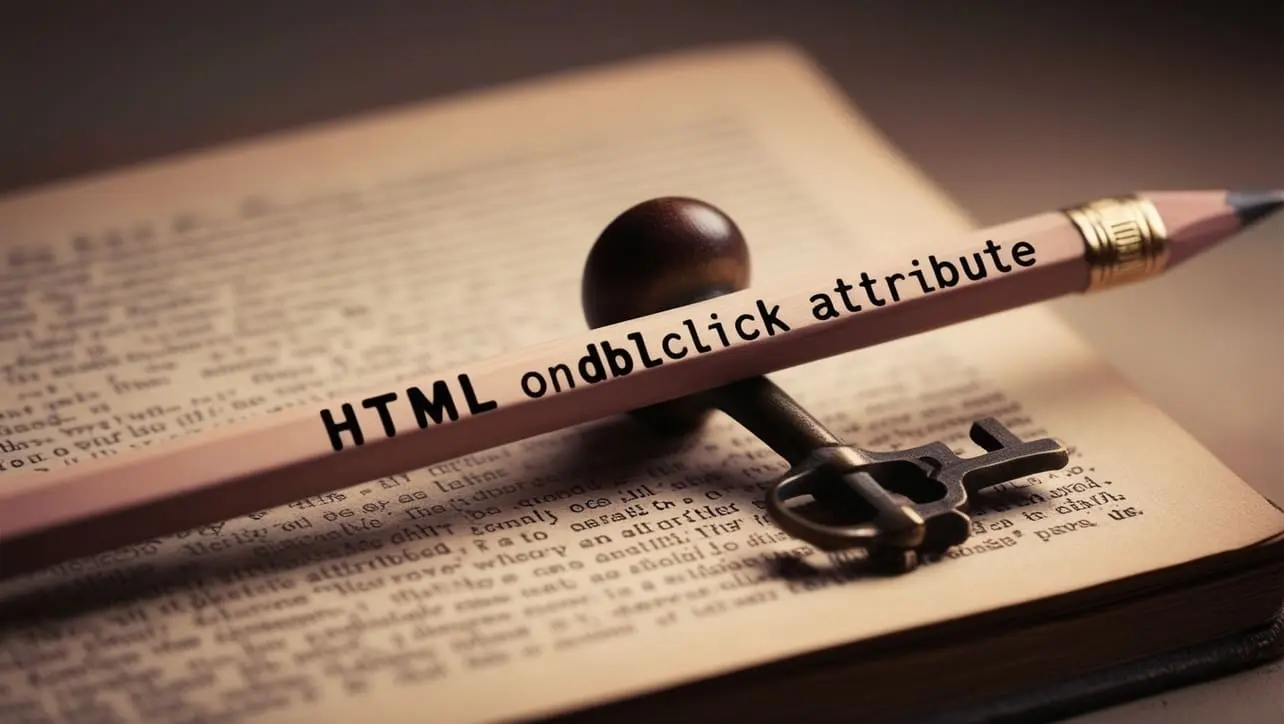
HTML Topics
- HTML Intro
- HTML Basic
- HTML Editors
- HTML CSS
- HTML Tags
- HTML Deprecated Tags
- HTML Events
- HTML Event Attributes
- HTML Global Attributes
- HTML Attributes
- abbr
- accept
- accept-charset
- accesskey
- action
- align
- alt
- archive
- as
- async
- autocapitalize
- autocomplete
- autofocus
- autoplay
- axis
- bgcolor
- border
- cellpadding
- cellspacing
- char
- charoff
- charset
- checked
- cite
- class
- classid
- codebase
- codetype
- color
- cols
- colspan
- compact
- content
- contenteditable
- controls
- coords
- crossorigin
- data
- data-*
- datetime
- declare
- default
- defer
- dir
- dirname
- disabled
- download
- draggable
- enctype
- enterkeyhint
- for
- form
- formaction
- formenctype
- formmethod
- formnovalidate
- formtarget
- frame
- frameborder
- frameset
- headers
- height
- hidden
- high
- href
- hreflang
- hspace
- http-equiv
- id
- inert
- inputmode
- ismap
- kind
- label
- lang
- list
- loop
- low
- max
- maxlength
- media
- method
- min
- multiple
- muted
- name
- novalidate
- onabort
- onafterprint
- onbeforeprint
- onbeforeunload
- onblur
- oncanplay
- oncanplaythrough
- onchange
- onclick
- oncontextmenu
- oncopy
- oncuechange
- oncut
- ondblclick
- ondrag
- ondragend
- ondragenter
- ondragleave
- ondragover
- ondragstart
- ondrop
- ondurationchange
- onemptied
- onended
- onerror
- onfocus
- onhashchange
- oninput
- oninvalid
- onkeydown
- onkeypress
- onkeyup
- onload
- onloadeddata
- onloadedmetadata
- onloadstart
- onmousedown
- onmousemove
- onmouseout
- onmouseover
- onmouseup
- onmousewheel
- onoffline
- ononline
- onpagehide
- onpageshow
- onpaste
- onpause
- onplay
- onplaying
- onpopstate
- onprogress
- onratechange
- onreset
- onresize
- onscroll
- onsearch
- onseeked
- onseeking
- onselect
- onstalled
- onstorage
- onsubmit
- onsuspend
- ontimeupdate
- ontoggle
- onunload
- onvolumechange
- onwaiting
- onwheel
- open
- optimum
- pattern
- placeholder
- popover
- popovertarget
- popovertargetaction
- poster
- preload
- readonly
- rel
- required
- reversed
- rows
- rowspan
- sandbox
- scope
- selected
- shape
- size
- sizes
- span
- spellcheck
- src
- srcdoc
- srclang
- srcset
- start
- step
- style
- tabindex
- target
- title
- translate
- type
- usemap
- value
- width
- wrap
- HTML Comments
- HTML Entity
- HTML Head
- HTML Form
- HTML IndexedDB
- HTML Drag & Drop
- HTML Geolocation
- HTML Canvas
- HTML Status Code
- HTML Language Code
- HTML Country Code
- HTML Charset
- MIME Types
HTML ondblclick Attribute

Photo Credit to CodeToFun
🙋 Introduction
The ondblclick attribute in HTML is an event attribute that allows developers to specify JavaScript code to be executed when a user double-clicks on an element.
This attribute is part of the suite of event attributes in HTML and provides a way to trigger custom actions in response to a double-click event.
🎯 Purpose of ondblclick
The main purpose of the ondblclick attribute is to define behavior when a user double-clicks on an element.
This can be useful for creating interactive and responsive web applications where certain actions or functions need to be executed upon a double-click event.
💎 Values
The ondblclick attribute accepts JavaScript code as its value. This code will be executed when a user double-clicks on the associated element.
📄 Example
Let's look at a simple example of how to use the ondblclick attribute in HTML:
<button ondblclick="handleDoubleClick()">Double Click Me</button>
<script>
function handleDoubleClick() {
alert('Button double-clicked!');
// Add custom JavaScript logic here
}
</script>🧠 How it Works
In this example, the ondblclick attribute is set to a JavaScript function called handleDoubleClick(), which will be triggered when the button is double-clicked.
🔄 Dynamic Values with JavaScript
Similar to other event attributes, you can also dynamically set the ondblclick attribute using JavaScript.
This allows for more flexibility in defining the double-click behavior based on certain conditions or user interactions. Here's a brief example:
<script>
// Dynamically set ondblclick for an element
document.getElementById("dynamicElement").ondblclick = function() {
alert('Dynamic element double-clicked!');
// Add custom JavaScript logic here
};
</script>🧠 How it Works
In this script, the ondblclick attribute is set to an anonymous function for an element with the id dynamicElement. The function will be executed when the element is double-clicked.
🏆 Best Practices
- Use the
ondblclickattribute sparingly and considerate of the user experience. Double-click events may not be as intuitive on touch devices, so ensure that the functionality is relevant for your audience. - Keep the JavaScript code within the
ondblclickattribute concise and modular. If more complex behavior is needed, consider organizing the code in external scripts. - Test the double-click behavior across different browsers to ensure compatibility.
🎉 Conclusion
The ondblclick attribute provides a way to enhance interactivity by allowing developers to define custom actions when a user double-clicks on an element.
By understanding how to use this attribute and incorporating it judiciously into your web development projects, you can create more dynamic and responsive user interfaces.
👨💻 Join our Community:
Author

For over eight years, I worked as a full-stack web developer. Now, I have chosen my profession as a full-time blogger at codetofun.com.
Buy me a coffee to make codetofun.com free for everyone.
Buy me a Coffee












If you have any doubts regarding this article (HTML ondblclick Attribute), please comment here. I will help you immediately.